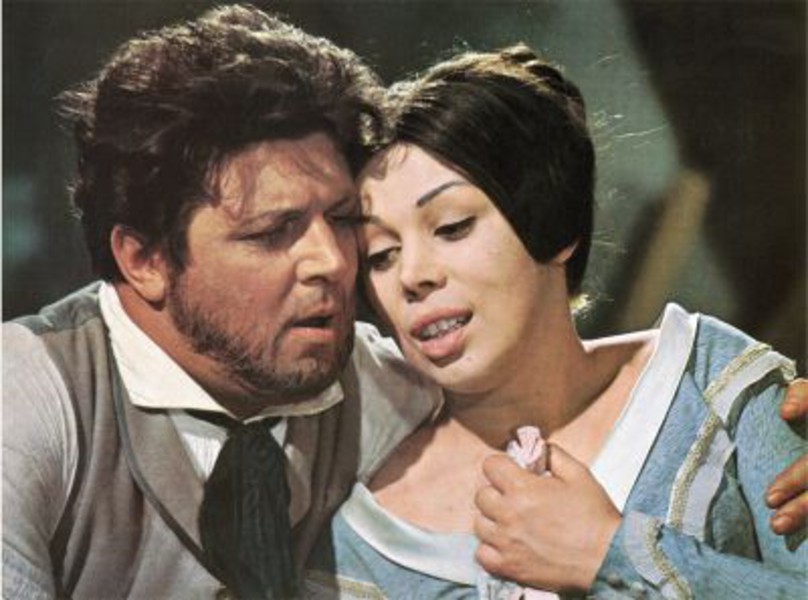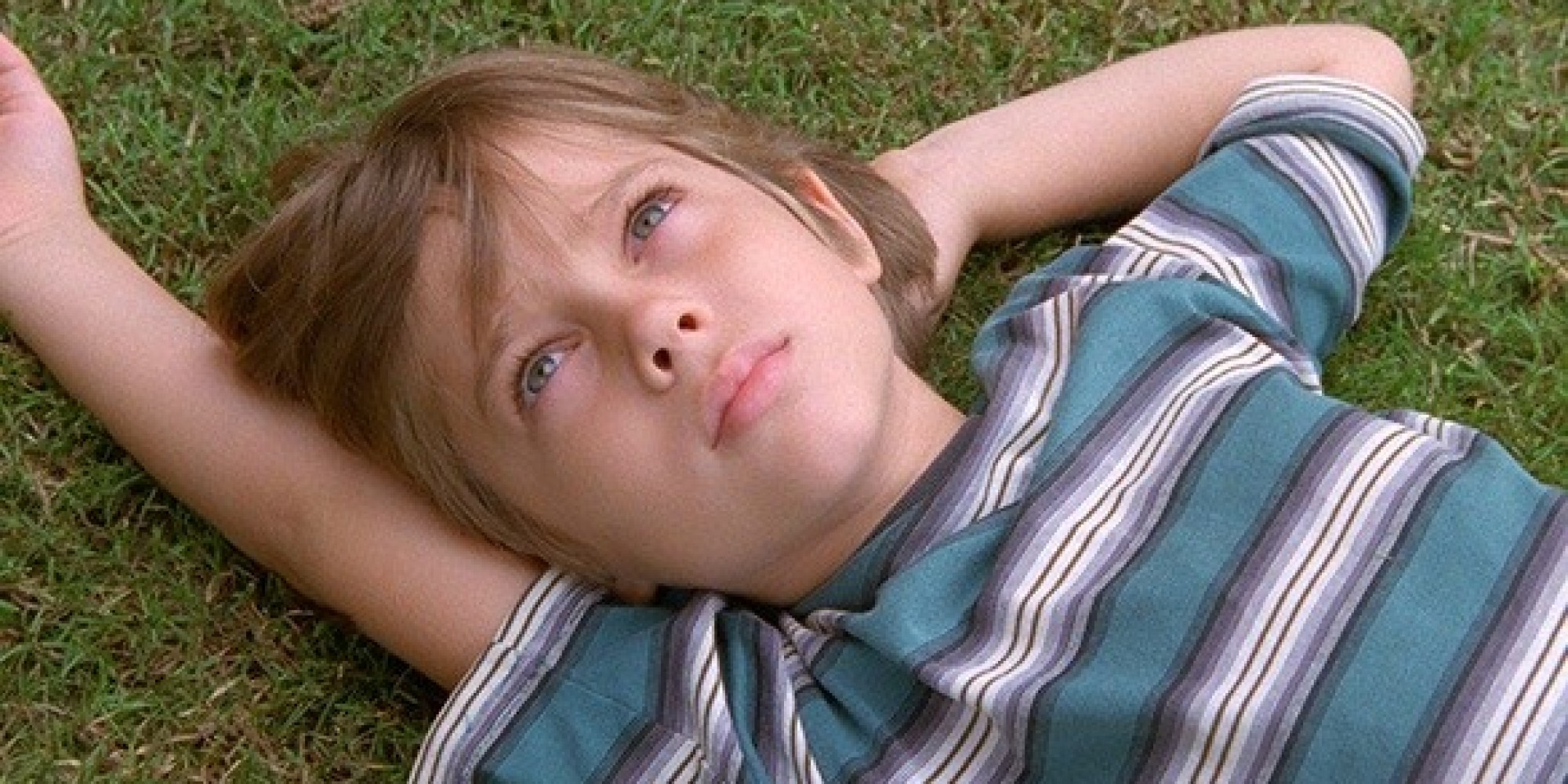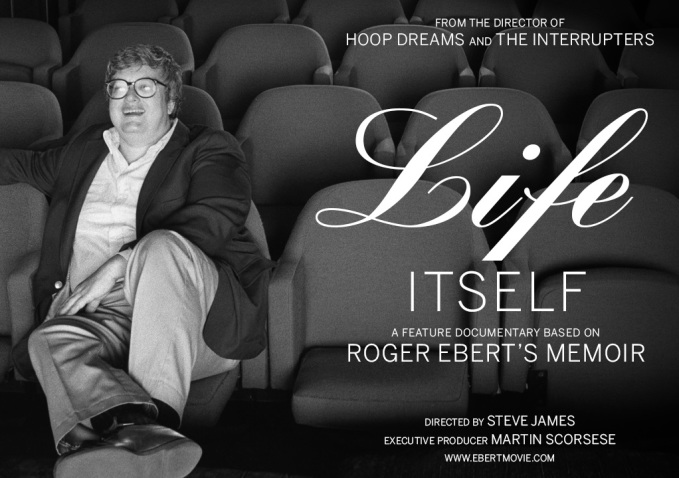by John Grant
US / 91 minutes / bw / Columbia Dir & Pr: Leo McCarey Scr: Viña Delmar Story: The Awful Truth (1924 play) by Arthur Richman Cine: Joseph Walker Cast: Irene Dunne, Cary Grant, Ralph Bellamy, Alexander D’Arcy, Cecil Cunningham, Molly Lamont, Esther Dale, Joyce Compton, Robert Allen, Robert Warwick, Mary Forbes, Kathryn Curry, Miki Morita, Asta.
One of the first screwball comedies and among the best, this has at its core the romantic story of the realization by an unfaithful husband that, in point of fact, it’s his wife whom he loves the most, alongside her realization that, despite his infidelities, she loves right back. It’s based on a play that was earlier filmed as a silent in 1925, dir Paul Powell, with Agnes Ayres, Warner Baxter and Raymond Lowney, and as a now presumed lost talkie in 1929, dir Marshall Neilan, with Ina Claire, Henry Daniell and Paul Harvey. A later musical reworking was Let’s Do It Again (1953) dir Alexander Hall, with Jane Wyman, Ray Milland and Aldo Ray. I haven’t seen any of the other adaptations, alas, so I can’t draw any comparisons.
The version under discussion here betrays its stage origins in that it’s made up of a number of discrete scenes; those scenes are often almost independent set pieces, or sketches, so the movie comes to have a cellular structure along the lines of, to use a much later and highly dissimilar example, Monty Python and the Holy Grail (1975): a string of sketches is linked together by an overarching plot. Rewatching the movie after a long interval—approaching half a century, I think—I found that, aside from the general plot, which I vaguely recalled, I was greeting some of the scenes/sketches as old friends while others I’d entirely forgotten. Some of the characters appear in a single scene/sketch and then vanish from the story, such as the Warriners’ maid Celeste (Curry) or—although there’s a major caveat in this instance—the scandalous dancer Dixie Belle Lee (is her name a nod to Gypsy Rose?). A couple of scenes/sketches could have come from a musical. The net effect is that we end the movie feeling as if we’ve enjoyed a—very satisfying—evening of variety (near-burleyQ) entertainment rather than a single offering.
Rich playboy Jerry Warriner (Grant) returns home, supposedly from a trip to Florida but quite apparently from a fling, to find that his wife Lucy (Dunne) has spent the night away from home in company with her music teacher, the dashing Armand Duvalle (D’Arcy). She maintains it was merely a matter of an automobile breakdown (“You’ve come home and caught me in a truth, and there’s nothing less logical than the truth”); Jerry, however, either genuinely suspecting the worst or merely attempting to deflect attention from his own duplicity, makes a deal of it, and the next the couple know they’re talking divorce. The court grants an interlocutory decree of divorce, which will become final within 90 days.
And then comes a brief but memorable sketch as the couple argue over who should have custody of their Asta-like terrier, Mr. Smith . . . in fact, not so much Asta-like but actually played by Asta! The judge decrees that the dog himself must be the one to decide, and the couple are set up with Mr. Smith between them: whoever he goes to first wins him. It’s an appealing piece of silliness, not least because Lucy wins by cheating.
Lucy takes an apartment with her acerbic, worldly wise aunt, Patsy Adams (Cunningham); oddly, Lucy alone calls her not Patsy but Patty throughout. Aunt Patsy urges her to move on with her life, and even does the heavy lifting by picking up a man on her behalf: Dan Leeson (Bellamy), an amiable, seemingly kindly but deathly unimaginative Oklahoman who’s made his fortune in oil and is visiting the Big City with his mother (Dale) but doesn’t plan to stay. Whether it’s his dough or the rebound effect or just an urge to show Jerry a thing or two, soon there’s talk of engagement in the air—even though Mrs. Leeson cannot hide her suspicions of her prospective daughter-in-law, especially when she picks up some juicy gossip about a certain French music teacher . . .
Jerry, despite professed delight at his imminent freedom and his frequent shows of goodwill toward the couple, is immensely jealous. To demonstrate to Lucy that he’s not without his own attractions, he allows her and Dan to come across him dating a much younger chanteuse, Dixie Belle Lee (Compton), in the nightclub where she’s a headliner. Dixie Belle comes across as an absolute sweetheart as she explains that she operates under a stage name because her conservative mother believes that somehow singing isn’t really a job. The three agree to wait for her act . . . which, when it comes, is sufficiently outrageous that Jerry is soon hurriedly blurting, “I’ve only just met her.” The performance and the trio’s reaction to it comprise one of the funniest set pieces in the movie. As Dixie Lee sings a woesomely trite song about the old cottage that was home, every now and then she encounters the phrase “gone with the wind” or some equivalent, at which point an under-stage fan blows her dress up over her shoulders, revealing—gasp!—her smalls. Says Lucy tartly: “I guess it was easier for her to change her name than for her whole family to change theirs.” The real joke, though, is that Compton exudes such bubbly innocence throughout that the display is absolutely innocuous.
Later in the movie, when Jerry is lining himself up to become engaged to fabulously rich and very pretty heiress Barbara Vance (Lamont), there’s a reprise of Dixie Belle’s performance. Through circumstances, Jerry has had to pretend that Lucy is his sister. At a soiree where he’s trying to impress Barbara and his inlaws-to-be (Warwick, Forbes), Lucy—as “sister Lola”—makes an entrance and, after publicly puncturing a few of Jerry’s bubbles of pretension, proceeds to emulate Dixie Belle’s “My Dreams are Gone with the Wind”; she doesn’t have an under-stage fan, of course, but, in a quite brilliant piece of physical comedy, Dunne manages to give the impression of her skirt being blown up around her hips. This rendition alone is worth the price of admission. Not only is it very funny—Dunne was one of the screen’s great comediennes—but it’s funny in a quite different way from the Dixie Belle version. Where Dixie Belle’s naivety and all-around wholesomeness made her performance seem gloriously innocent, as if we were laughing at a child who’d triumphantly jumped in a puddle, Dunne’s imitation does carry a sexual charge. And that charge affects her viewers differently: the stuffy Vance parents (and their daughter) are appalled by such a display while Jerry receives a not-uncertain message about the delights he’s planning to abjure.
By this time Dan’s out of the picture after the events of another raucously funny sketch—perhaps the movie’s most ambitious. Here we have all the groundwork for the kind of bedroom farce that two or three decades later would start to make London’s Whitehall Theatre internationally famous. We’ve noted Jerry’s inappropriate jealousy. With Dan he can control it, but his wrath still boils for the suave music teacher Armand. We’ve already seen him indulge in some knockabout slapstick when interrupting what he assumed would be a tryst between Armand and Lucy but proved instead to be a po-faced salon recital, Lucy singing and Armand accompanying on the piano. (Eventually Jerry’s chair collapses under him; Lucy’s smile-turning-to-laughter as she realizes how much she loves him is arguably the movie’s single most romantic moment.)
Now Armand comes to visit Lucy to tell her there’s no need for apology. When Jerry arrives, Armand slips into her bedroom out of sight, to avoid confrontation . . . but inadvertently leaving his bowler hat behind. Jerry arrives wearing a bowler of his own (nowhere else does Jerry wear a bowler; again, we feel we’re watching a string of brilliant sketches rather than a unitary piece), and there’s an elaborate routine involving the two bowler hats and a hide-and-seek game with Mr. Smith. Lucy somehow manages to allay any suspicions Jerry might have. But then Dan arrives with mother in tow. Before Lucy can stop him, Jerry has slipped into her bedroom to keep out of sight of Dan. The fight that ensues when Jerry finds Armand already there nixes any plans Lucy might have had of wedding Dan, who assumes she’s enticed to her boudoir not one but two former lovers . . .
The final sketch is yet another brilliantly conceived piece of cinema. Jerry and Lucy find themselves stranded for the night in adjoining rooms at Aunt Patsy’s remote country lodge (don’t ask). The wind is up, and the intervening door occasionally blows open, betweentimes rattling in uncanny imitation of that distinctive noise you hear through the wall of a motel bedroom. As the minutes tick down toward midnight, the moment when the couple’s divorce finally becomes absolute, Jerry more than once comes to the door to close it, each time seeing his soon-to-be-ex-wife languishing yet more desirably in her own bed. (There’s a certain amount of Barbara Stanwyck in Dunne’s performance in this movie, but it’s hard to imagine that Stanwyck would have allowed herself to look so blatantly, well, fuckable as Dunne does here.) By way of accompaniment, the quarter-hours are being sounded by a Swiss clock: at each chiming, a male and a female figure emerge from two doors in the clock face . . . until finally, when Jerry comes to the obvious conclusion about his own fatheadedness, the male figure crosses the divide and follows the female into her door.
Which firmly shuts as the closing credits begin. Also, as it happens, that last sounding of the clock was for midnight, so really what’s going on unseen by us has just become technically extramarital. It’s lucky for Middle America that it survived this onslaught of immorality.
I think it was Bergen Evans who once observed that the merest milquetoast, if married, likely has a more imaginative and varied sex life than do most Casanovas. This seems to be one of the prime messages of The Awful Truth, a piece that’s quite astonishingly preoccupied with sex. (It’s a tribute to the charm with which this is conveyed that the movie didn’t run afoul of the Hays Code.) The romance that lies at its core is married romance. Jerry has made the classic error of believing the grass on the other side of the fence is greener; his sexual fling at the movie’s outset is a betrayal not just of Lucy but, even more fundamentally, of himself. Perhaps the girl was younger and prettier, perhaps he needed to prove himself to himself as adolescent males so often do—and much as later he tries to prove himself to both himself and Lucy by knocking around with the younger and arguably prettier Dixie Belle and Barbara (and the latter even has pots of money!). Whatever the case, we can assume the fling was a pursuit of sex perpetrated in defiance of the romance Jerry has in his marriage.
It’s Lucy who, post-interlocutory decree, first spots how confoundedly sexy her spouse is—confoundedly sexy not because of himself (viewed dispassionately, he’s a self-absorbed klutz) but because she sees him in the context of their romance, a romance that’s ongoing whether they’re aware of it or not. It takes Jerry a while longer to recognize that his acts of jealousy aren’t just products of a petty possessiveness but defensive reactions to the threats the unacknowledged marital romance faces. When he finally sees (and we see through his eyes) how scintillatingly sexually alluring his wife is, as she lies in her bed in the cabin, it’s because the cloud that he has permitted to cover the light of their romance has finally been blown clear. Sex is a pretty damn’ fine thing, the movie seems to be telling us, but there ain’t no sex can compete with the sex we have within a romance.
The theme of a married couple suffering some kind of a fission such that the two parties are on the brink of marrying others before discovering that in reality they belong best to each other was a recurring trope in Hollywood’s golden age, mostly as inspiration for comedy romances. In My Favorite Wife (1940), which has the same director and stars as The Awful Truth, Dunne’s character is presumed dead but returns to civilization immediately after the marriage of her supposed widower husband (Grant) to another (Gail Patrick); discovering the truth, he postpones the consummation . . . to great comic effect. This was remade as Move Over, Darling (1963) dir Michael Gordon, with Doris Day, James Garner and Polly Bergen in the appropriate roles. In The Philadelphia Story (1940) dir George Cukor, Katharine Hepburn’s character falls in love all over again with her ex-husband (Grant once more). In That Uncertain Feeling (1941) dir Ernst Lubitsch, Merle Oberon’s character divorces her husband (Melvyn Douglas) in favor of another man (Burgess Meredith) before realizing that in truth she still loves her existing husband. In Random Harvest (1942), a rare drama to utilize the theme, an ex-serviceman (Ronald Colman), rendered amnesiac through shellshock, almost marries a much younger woman (Susan Peters) while oblivious to the fact that his secretary (Greer Garson) is his real wife. There are plenty of other examples.
But The Awful Truth is arguably the best of them. Audiences at the time thought so too—as did the Academy. McCarey won an Oscar as Best Director and the movie was nominated for five others: Best Picture, Best Actress (Dunne), Best Supporting Actor (Bellamy), Best Screenplay and Best Editing (Al Clark). In 1996 the National Film Preservation Board added it to the National Film Registry as a movie of historical importance. It was a career-maker for Grant, who hereafter would carry the same persona through most of his screen roles. It put the screwball comedy on the map. And it still gives us a chance today to see that irrepressible, irreplaceable comic genius Irene Dunne at the height of her powers.










































































_02.jpg)
